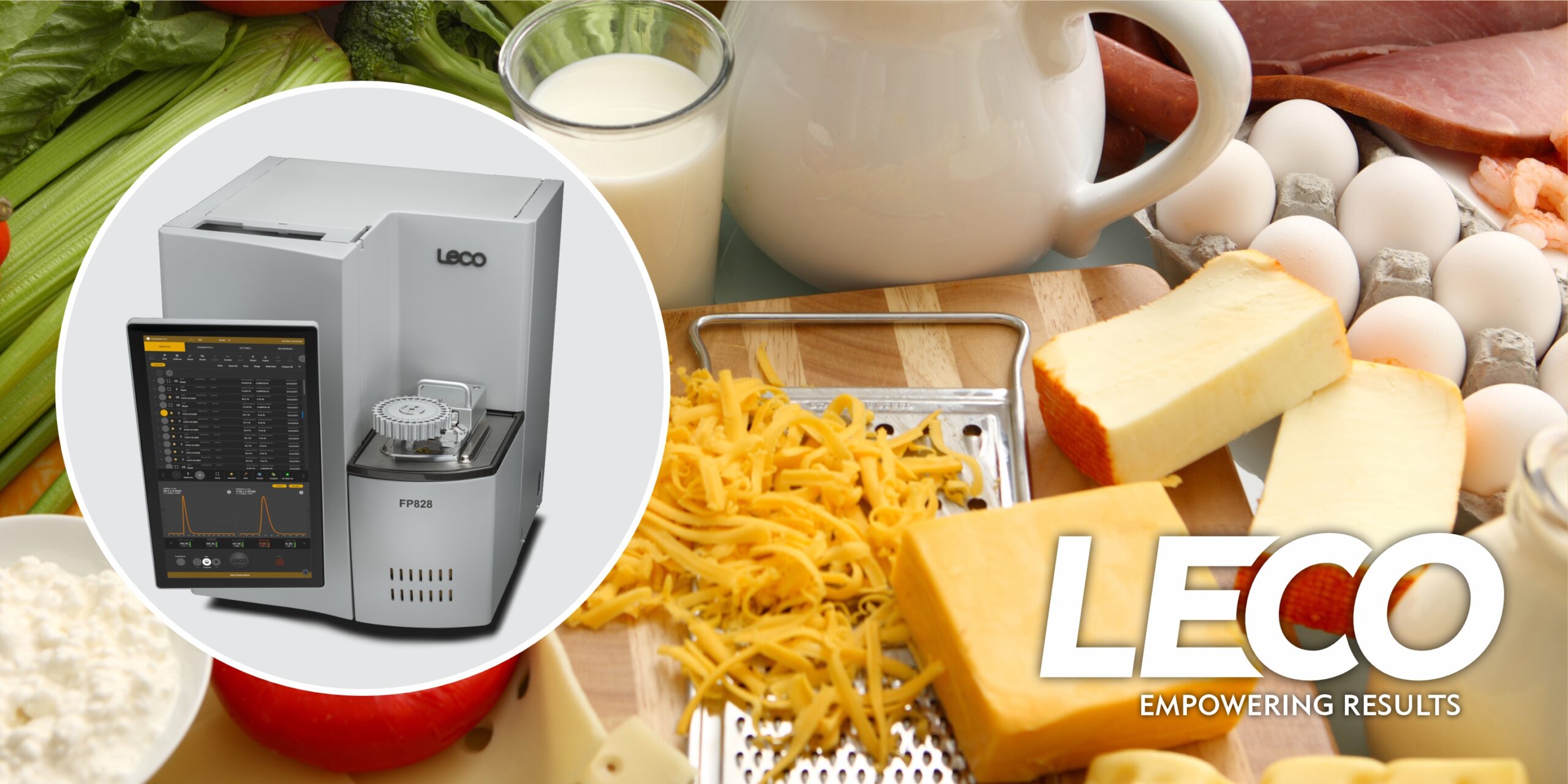In October, 2021, at ASMS, LECO announced its search for a new collaborator in GC-MS. As part of a pilot program, we were looking for someone whose lab was working on important or novel chemistry and could really benefit from the addition of a free Pegasus® BT GC-MS. At ASMS 2022, we announced our winner.
Dr. Petr Vozka, Assistant Professor in the Department of Chemistry & Biochemistry at California State University, Los Angeles, was among the first applicants for the instrument, and his request stood out to us.
Petr’s lab, the punnily named Complex Chemical Composition Analysis Lab (C3AL), primarily focuses on local environmental concerns, but as the Pacific Ocean is considered „local,” their studies have far-reaching implications. Recent work on the Huntington Beach oil spill, a „small” spill in October 2021, allowed them to determine the long-term effects of oil spills on beaches used by humans for recreation. As the hot sun warmed the lingering traces of oil in the sand, would the volatile or semi-volatile compounds evaporate and affect the health of human visitors? Would the „washing” action of the ocean waves help disperse any harmful remains over the years? The Californian coast is hardly the only place receiving such spills, and this sort of research can help protect health around the world in the years to come.
Petr doesn’t just focus on oil. He has recently been in the news for his work on microplastics. Microplastics are everywhere, from the fresh snows of Antarctica to inside the human body. „It can penetrate through the blood vessels. It has been found in the brain,” said Petr in an interview. Research shows that on average, every human on the planet ingests approximately five grams of microplastics each week.
Five grams of plastic is equivalent to a credit card.
The C3AL currently has a GCxGC-FID, but FID lacks qualitative capabilities. By adding TOFMS to their toolbox, Petr hopes to be able to analyze these microplastics in more detail. „Currently, we cannot measure the olefin content,” he says. „We do not know what the non-hydrocarbon compounds in our samples are.”
Cal State is also a fantastic springboard for new chemists. The majority of Cal State students are the first in their families to attend college, and over 60% are Pell Grant eligible. By having a Pegasus BT available for these students, Petr argued, the students will be able to acquire hands-on experience with analytical instruments, learning how to operate and troubleshoot them, making them immediately more valuable employees for their future careers regardless of the industries they go into and give them a leg up when applying for competitive graduate programs.
Congratulations again, Petr! We look forward to many years of collaboration to come!





